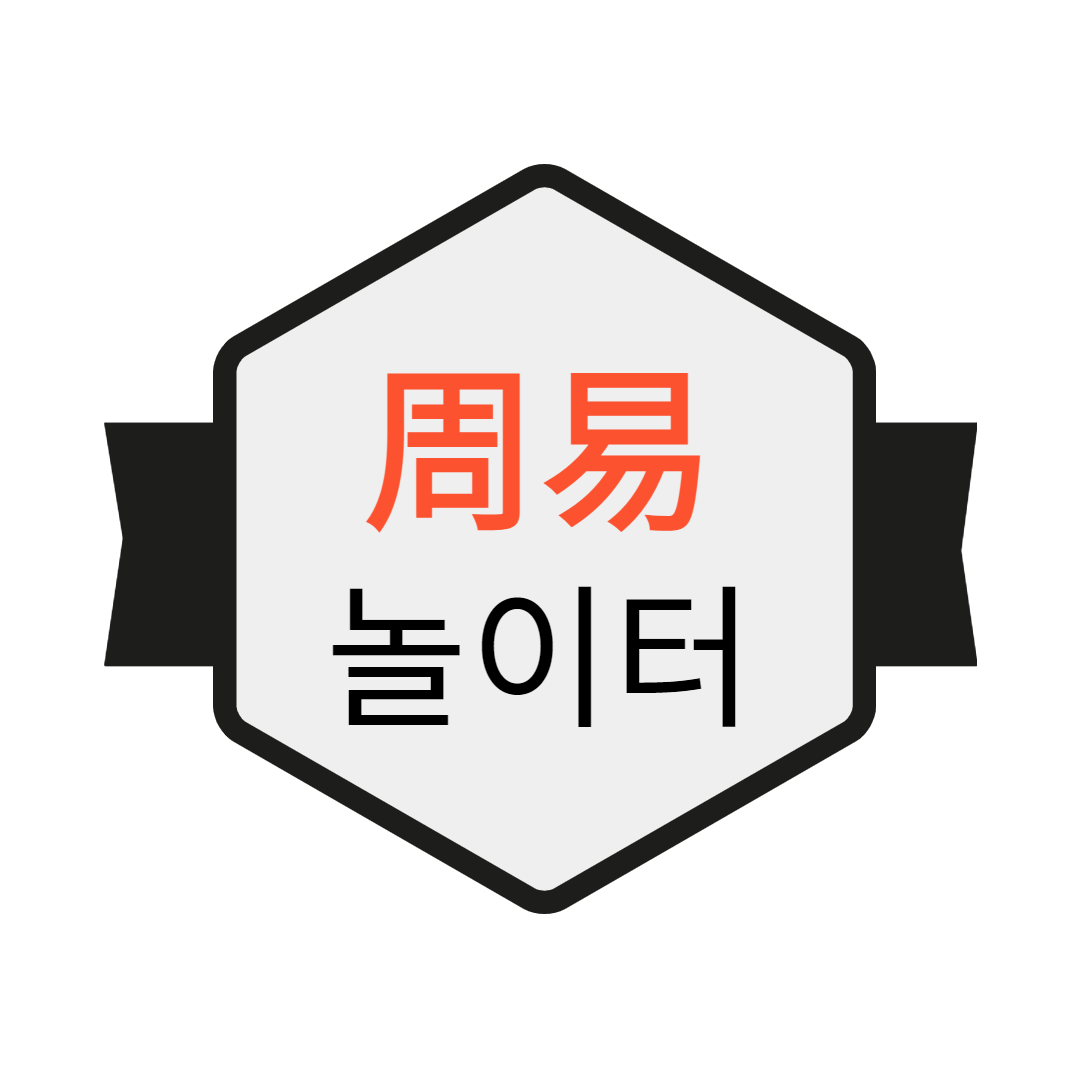
1. What is the I Ching?
The I Ching, also known as the "Book of Changes," is an ancient Chinese text containing profound insights into the principles of the universe and human life. The word "I" (易) signifies change, while "Ching" (經) means classic or scripture. Originally developed as a divination tool, the I Ching evolved into a philosophical masterpiece, offering guidance on navigating life’s changes and maintaining harmony.
2. Origins and Historical Background
The I Ching dates back to over 3,000 years ago, to the early Chinese civilization. Originally used by the kings of the Zhou dynasty for divination, the I Ching evolved through interpretations by philosophers like Confucius. Over centuries, it merged with Confucian, Taoist, and Buddhist thought, deepening its philosophical scope and making it a cornerstone of Chinese philosophy.
3. Structure of the I Ching
The I Ching consists of 64 hexagrams, each composed of six lines, known as “Yao” (爻). These lines represent Yin and Yang, symbolizing the dynamic balance of opposites. Each hexagram carries symbolic meanings that reflect universal principles, which can be applied to decision-making and self-reflection in daily life.
Example Hexagrams: Qian (乾) and Kun (坤)
- Qian (☰): This hexagram is fully Yang and symbolizes creativity, growth, and strength.
- Kun (☷): Composed entirely of Yin lines, Kun represents receptivity, nurturing, and adaptability.
4. The Philosophical Value of the I Ching
The I Ching goes beyond fortune-telling. It provides wisdom on observing changes and aligning with the flow of life. Its core philosophy encourages finding balance and harmony in a world of constant change. The I Ching teaches us the principles of Yin and Yang, guiding us to understand how opposite forces interact and coexist.
5. Modern Applications of the I Ching
Today, the I Ching continues to inspire fields such as psychology, personal growth, and business philosophy. Many use the I Ching to reflect on their emotional state, set life goals, or gain perspective on relationships, making it relevant in various contexts.
Conclusion
In this post, we explored the fundamental concepts and historical background of the I Ching. In upcoming posts, we will delve deeper into hexagram interpretation and explore ways to apply this ancient wisdom to everyday life. Together, we will uncover the I Ching’s valuable philosophical insights for navigating modern challenges.
